When and how to store beets
It is definitely noticed that beets are one of the healthiest vegetables in the garden. A good reason to start using it is that beets contain a unique number of nutrients that do not disappear even after heat treatment. However, it is very important to harvest the beets on time without overexposing the root crop in the ground.
This article will talk about how to determine by what signs that the beets are ripe and can be dug up and then prepared for storage.
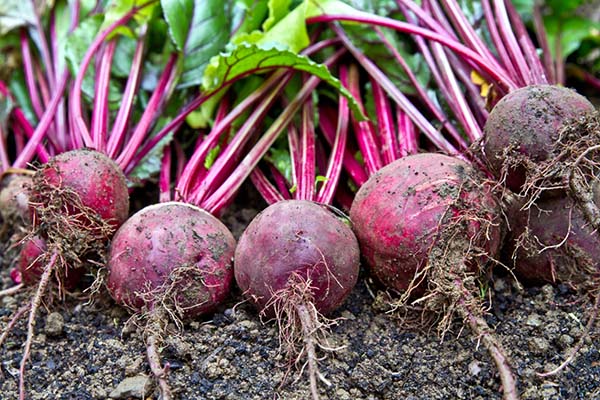
Content
When to harvest beets: optimal timing and signs of vegetable maturity
The optimal timing of the beet harvest, as a rule, depends on how from the growing region and the corresponding climateand from varietal accessories of this vegetable.
Naturally, if you live in warm southern regions, then sowing is carried out earlier, and therefore harvesting.It's another matter if you live in the Urals or Siberia, where the land warms up much later, and starts to get colder earlier, respectively, the sowing and harvesting dates are shifted (and late-ripening varieties are not planted at all). As a rule, in the Central lane (Moscow region), beets are sown in open ground in the second half of May.
In terms of ripening, beet varieties are as follows:
- early ripe (50-80 days, that is, the collection falls on the second half of July-first half of August);
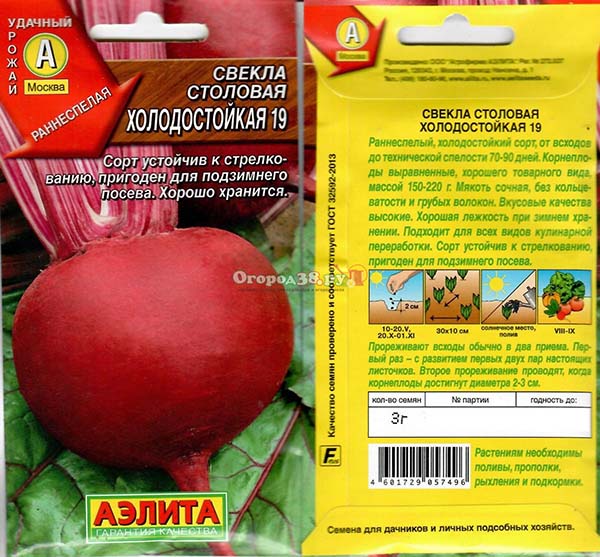
- mid-season (80-100 days, second half of August-first half of September);
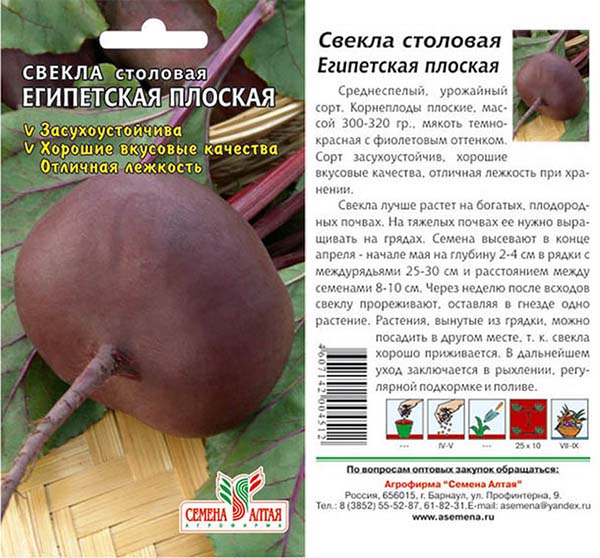
- late ripening (100-135 days, September-October).
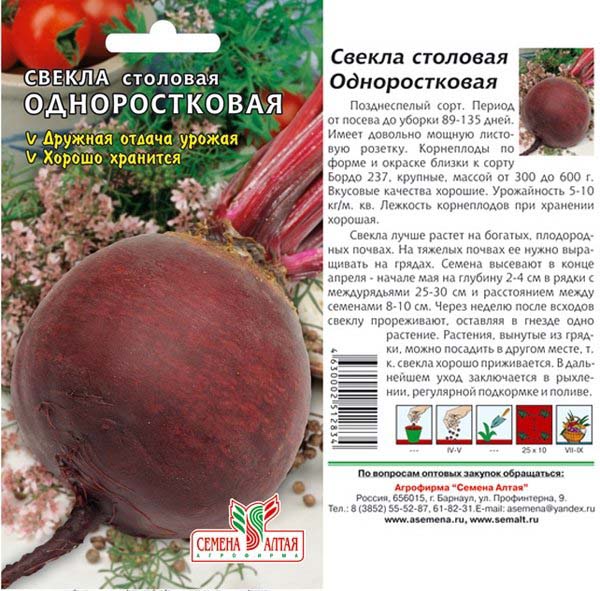
Is it possible to harvest ahead of time
Experienced gardeners do not advise harvesting beets in advance for several reasons:
- With the onset of autumn and a gradual decrease in temperature, root crops begin to grow more actively. But you want to harvest a rich harvest of large vegetables, and not small root crops?
- Beets reach their maximum usefulness in the last stage of their growth, that is, the most amount of vitamins is accumulated only in ripe root crops.
Actually, you should not delay cleaning either. If you do not have time to harvest before the first frosts (even light night frosts), then the tops and part of the root crop protruding from the ground can be caught by frost, which means that the beets will no longer be able to be stored for a long time and will deteriorate rather quickly.
Important! Some summer residents believe that carrots, on the contrary, need to be removed from the garden immediately after frost, however, as experience shows, this is nothing more than a myth: frozen carrots will not be stored!
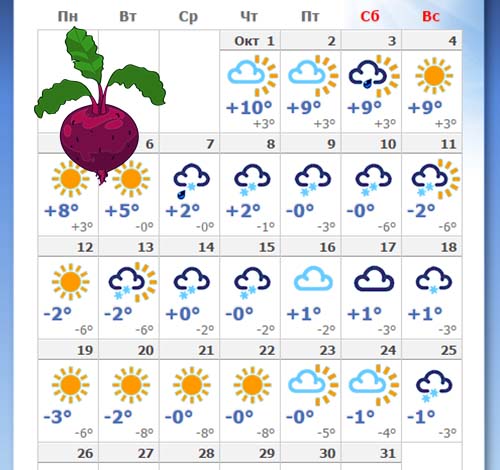
Important! It is imperative to be guided by weather conditions, carefully studying the forecast of weather forecasters for the next week.
For example:
- If it rains a lot, then the root crop will not only lose in its taste, it may crack due to excess moisture, and then rot.
- If the temperature does not drop, then the root vegetable may become lignified.
- The optimal and most favorable weather is when it is dry outside and the temperature gradually drops.
It is not uncommon to harvest your beets ahead of time for other reasons, such as an invasion of rodents, usually voles, that can damage your roots.
By the way! About, how to deal with rodents (mice) in the garden told in detail here.
External signs of maturity
It is easiest to determine that it is time to harvest the beets by external signs, which will tell you for sure that the root crop is ripe, namely:
- Size: the diameter and thickness of root crops correspond to those stated on the seed package. It is quite easy to check this, since the top, as a rule, protrudes from the ground.
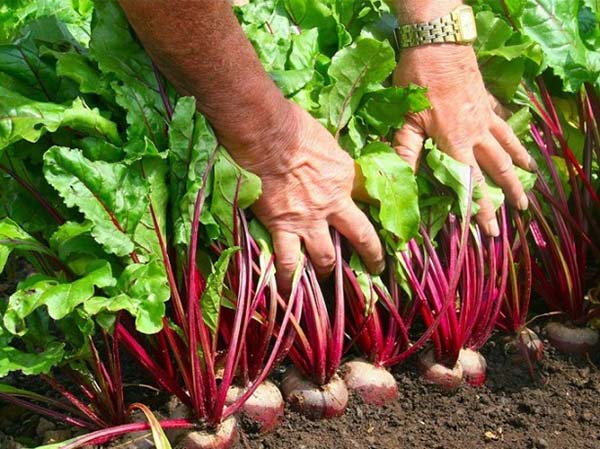
- The lower leaves turned yellow, wilted and even began to dry.
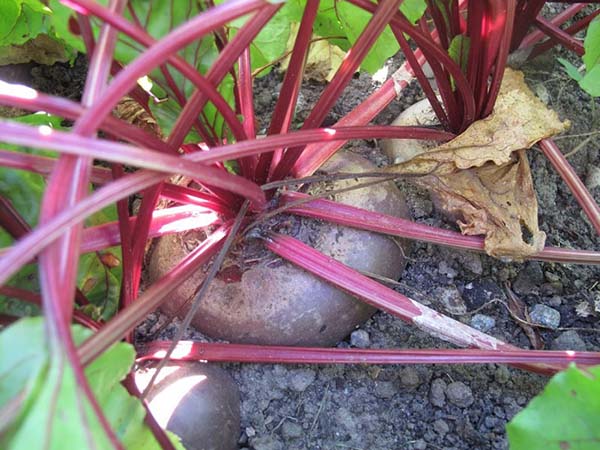
- Characteristic growths may begin to appear on the vegetable.
How to properly remove beets from the garden and prepare them for storage
As you know, only whole fruits can be stored for a long time. Therefore, in order not to damage the root crop, you need to carefully dig in it with a shovel, or even better use a pitchfork, although many successfully pull (pull) the vegetable out of the ground with their own hands. This largely depends on the moisture content of the soil and the degree of appearance of the root crop on the surface.
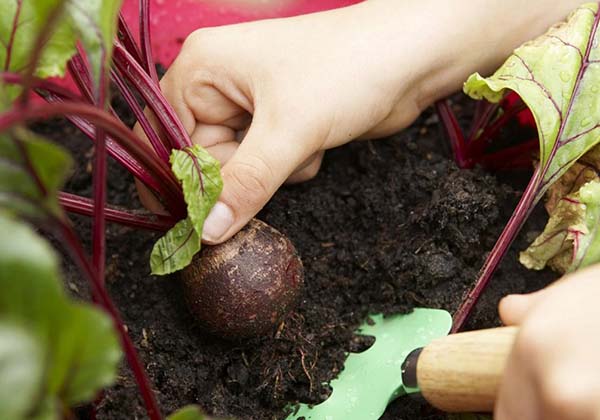
By the way! Harvesting beets is best done on a dry and sunny day.
Video: how to properly remove beets from the garden
After you pull the beets out of the ground and clean off all the ground from it, it is necessary immediately cut off the tops (it can be twisted by hand or cut with scissors). Then with a knife remove all growth points (that is, you need to cut 5 mm of the fruit itself), otherwise your root crop during storage will try to throw out small sprouts from the remaining buds, thereby giving all its strength, and therefore, its shelf life will decrease.
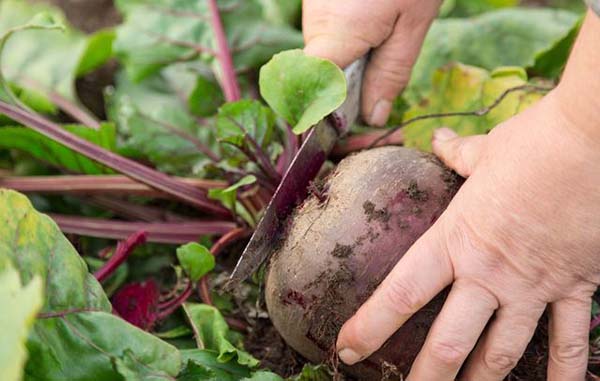
Although some gardeners do not do this, shortening only the tops, and leaving the petiole 5-10 mm long.The tail should also be cut off, or leave a very small 1.5-2 cm.
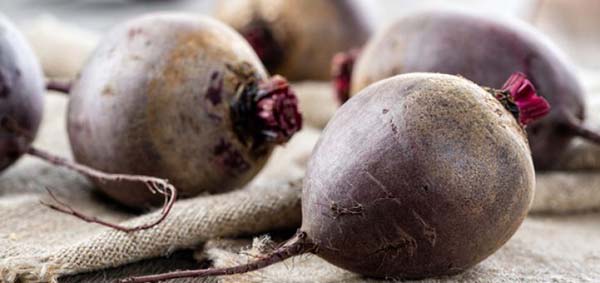
Further, the resulting harvest sorted by arranging in separate rows or heaps. Damaged, crooked and oblique roots are separated (they will go for food), and the healthiest ones are set aside in order to later lay them for storage. As mentioned earlier, larger specimens are less well stored, so it is better to put them separately as well.
Video: pruning and preparing beets for storage
Beet storage
Note! All detailed information about the ways of long-term storage of beets - in this article.
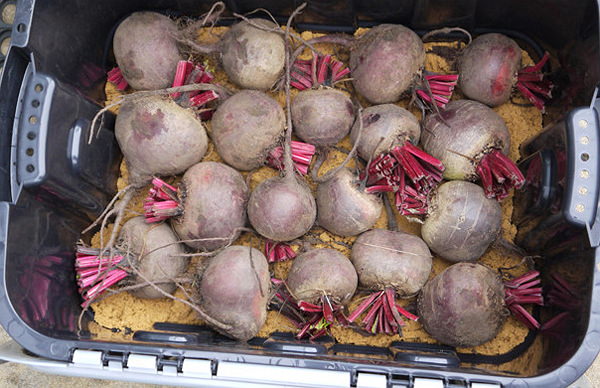
Beets are a vegetable that does not require careful care, and care for it is minimized, but nevertheless, only harvesting beets at the right time will guarantee good quality root crops and their optimal keeping quality during the cold season.
Video: when and how to harvest beets, as well as the rules for its storage

